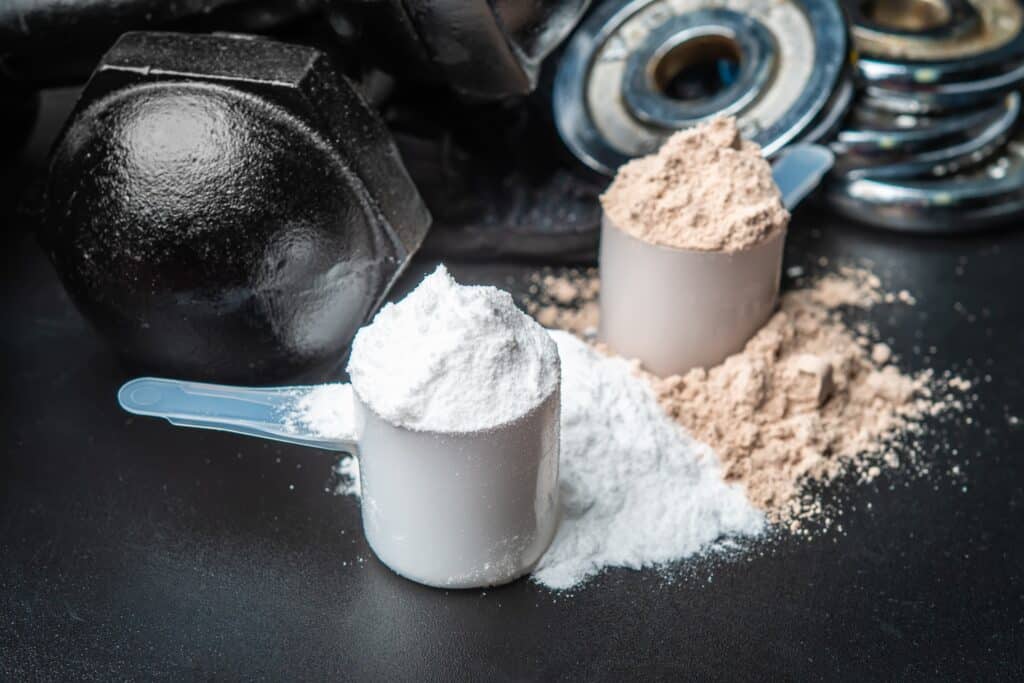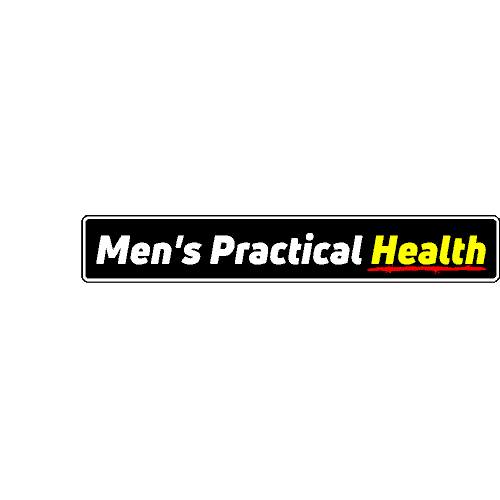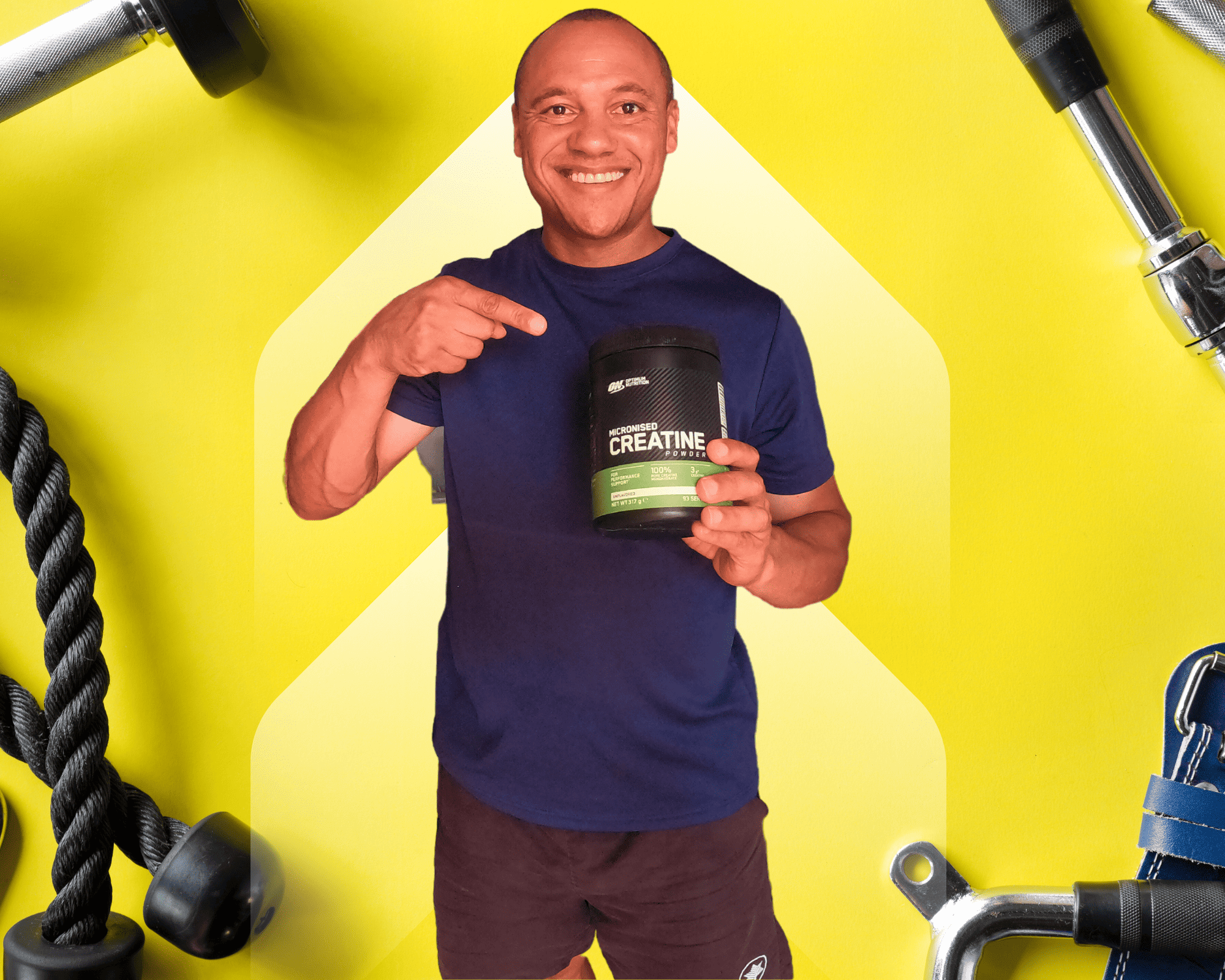You’re determined to take your fitness training to the next level but need help to take creatine correctly and safely.
Too often, people jump into taking supplements without doing the research required to understand these products’ correct dosage and safe usage.
Fortunately, Men’s Practical Health provides reliable advice and guidance on correctly taking creatine step-by-step, so you can stay safe and maximise your supplement usage.
In general, you should take 5 grams of creatine daily for maintenance. While it is not essential for a loading phase, the standard recommendation for the loading phase is 20-25 grams, split into 5 grams 4-5 times a day for the first 5-7 days.
While the above information is a typical answer to “How to take creatine,” you must address some factors to determine which type, how much creatine you need and if you should begin with a maintenance or loading phase.
Other Creatine Supplements
- Creatine Monohydrate
- Creatine ethyl ester
- Liquid creatine
- Creatine Magnesium Chelate
- Buffered Creatine
- Creatine Hydrochloride
Monohydrate
The most popular and widely used form of creatine is creatine monohydrate. It is a natural supplement derived from amino acids and is the most researched version of creatine.
Research has shown that it has an excellent safety profile, and the industry considers the product one of the better supplements available.
What does creatine do?
The creatine intake increases the body’s creatine stores, producing more adenosine triphosphate (ATP), the body’s energy currency.
The increase in ATP allows for the following:
- Faster muscle recovery
- Increase muscle mass
- More energy
- Higher training performance
Do you need a creatine-loading phase?
The loading phase is 5-7 days, during which you would take 20 grams of creatine per day, 5 grams during different times throughout the day.
The benefit of the loading phase is the possibility of gaining positive results quicker than the maintenance strategy. However, quicker results do not mean continued advantages over taking small doses daily.
The scientific evidence is one of the reasons for the non-loading advice. A study found that at the end of a 30-day maintenance dose, the body’s creatine level was equivalent to participants with a loading phase.
Personally, I believe the cons outweigh the pros for the average male if this is long-term. Everyone is different, and it is ok if you decide to carry out the initial loading period.
So here are the pros and cons of:
Loading-phase
Pros
- Faster results
Cons
- The cost of consuming the required dosage each day is high
- It could cause side effects such as a few trips to the toilet
No loading phase
Pros
- Dosage cost is cheaper
- No side effects (for most people)
- Long-term results are the same
Cons
- It takes longer for positive results
Creatine loading phase quantity guidance
Creatine consumption during the loading phase may differ slightly for each individual for several reasons. One of those reasons might be a person’s weight.
Below is a general guide to how much you need to take.
Weight Amount
65kg / 143 Ibs 20g
70Kg / 154Ibs 21g
75Kg / 165Ibs 23g
80Kg / 176Ibs 24g
Can you mix creatine with protein?

The simple answer is you can combine creatine with protein. I mixed creatine powder into a pre-workout drink containing protein powder and other ingredients for many years.
Also, many people mix creatine with protein powder for a post-workout; no research shows any adverse effects.
What time of the day should you take creatine?
You can consume creatine at any time of the day without hurting your training goals. However, research has suggested an optimal time frame to take your daily dose of creatine, which can be before or after a workout.
Check out this blog post – Is creatine a pre-workout?
Should I take creatine on rest days?
It would help to take creatine regardless of whether you exercise that day. Studies have found public health benefits for people taking the supplement as part of their diet, regardless of fitness routine.
Consuming creatine on rest days is essential for long-term benefits and maximum results. When you’re taking breaks from exercise, creatine remains active in the cells of your muscles. It can result in increased strength and performance when you resume training.
How much water should I drink with creatine?
According to Optimum Nutrition, when consuming a single dose (3.4 grams) of creatine, you should be mixed with 240 ml of water.
Due to how creatine works – water is used to transport creatine into the muscles, where it can be absorbed and stored.
So it is essential to drink plenty of water.
Generally speaking, you should consume around 1.8 – 2.3 litres per day.
What happens if you miss creatine for a day?
It’s not the end of the world if you miss creatine for a day. If it’s a one-off, you will notice little of an effect, but if you constantly forget, you may feel weaker and have less energy than before.
After skipping a day, some people recommend taking an extra dose the following day to compensate for the loss – but anecdotal accounts have suggested possible adverse effects such as stomach aches. Although, there is no concrete evidence for these side effects.
Jacques R. Pootman and Marc Francaux, in their study “Adverse Effects of Creatine Supplementation,” recommend carefully monitoring for any unusual reactions when using a creatine supplement.
How do you know if creatine is working?
You can tell if creatine is working by measuring the changes in physical performance, such as increased strength and power.
Another way to tell is to stop taking creatine for a few days to see how you feel. If you feel no different, you might be non-responsive to creatine, but if you feel weaker, less energy in the gym, then at least you know that your body responds well to creatine.
Summary
Research has shown creatine supplementation to boost muscle growth and power while improving exercise performance.
When taking creatine, drink plenty of water and carefully monitor for unusual reactions. To determine if creatine is working, measure the changes in physical performance, or stop taking it for a few days and see if you feel weaker.
Following these recommendations, you can use creatine correctly and ensure you get the most out of this popular dietary supplement.


